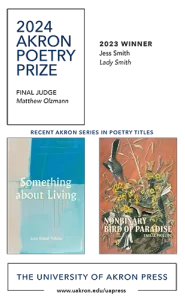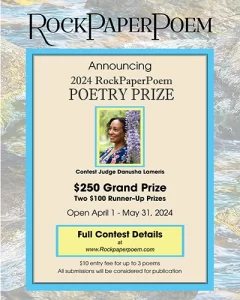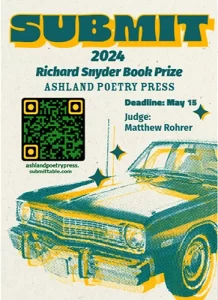Trachodon – Summer/Fall 2010
Issue 1
Summer/Fall 2010
Tanya Angell Allen
The editor of the first issue of Trachodon, named after a dinosaur that never existed, writes in his editor’s note, “I want TRACHODON the magazine…to be this weird, sort of impossible thing. Something that’s up for debate because it’s always leaning a little toward the unreasonable. And, maybe, to be something that’s never quite finished.”
The editor of the first issue of Trachodon, named after a dinosaur that never existed, writes in his editor’s note, “I want TRACHODON the magazine…to be this weird, sort of impossible thing. Something that’s up for debate because it’s always leaning a little toward the unreasonable. And, maybe, to be something that’s never quite finished.”
The one part of John Carr Walker’s statement that plays out is that Trachodon is “something that’s never quite finished,” as there’s more work to be done with this promising new publication. Judging by its two excellent short stories and interesting inclusion of articles on “artisan culture,” it leans toward a future that’s not only possible, but also reasonable and exciting.
It’s unfortunately unclear whether the first story—Ann Heydron’s piece about a young woman trying to date a man her autistic sister has a crush on—is titled “Shoebox” or “Shoestring,” as it’s listed as the first inside the magazine and the other on the front cover. Regardless, it’s a tight, spot-on story about a real-life situation. Whether or not one has ever been in exactly this sort of position, Heydron makes one feel that the way she portrays it must be exactly what it’s emotionally like.
Tom Weller achieves a similar effect in “Bumpo’s Honey,” about an underachieving adult man’s parents who go slightly overboard in welcoming his new girlfriend to the family. “We both agree that Honey is not perfect,” the narrator says, “but figure a woman is probably Bumpo’s best chance, figure there’s nothing like a woman to help a man bounce up.”
Both of these stories are equal, if not superior to, work in many established and professional literary magazines.
Besides an essay on art and two poems, Trachodon also contains two articles on “artisan culture.” One combines photographs of Amy Tavern’s jewelry with a statement about her move away from “production work” towards pieces that provoke others “to reconsider what jewelry can or should look like.” The other, Wesley Middleton’s “Welcome to the Free Zone: The Transformative Power of Brooklyn’s UrbanGlass,” is about the way a glass-making center in New York helps create community.
The pleasant experience of reading articles about artisan culture invites the question of why we don’t see literary magazines marketed more often in art galleries and stores for American crafts. Literary magazines—especially those which are exceptionally well-designed (as Trachodon might become in time, especially as the magazine becomes more established) make attractive, thoughtful gifts. Craft and Art Gallery stores usually attract aesthetically-oriented people who shop for others equally interested in the arts. Artisans themselves would also be interested in reading about others in their field, and might be inspired by fiction writers in the way that writers are often inspired by artisans and artists.
Though Walker says, “Being a print journal in this day and age gives us a head start on the unreasonable,” the magazine he founded might identify one reasonable way that the marketers of literary magazines might help keep the institution of literary magazines alive.
[www.trachodon.org/]




